
风烟囱护理之家旨在为患有难以医治的疑难杂症的儿童患者及其家人提供旅行目的地,帮助他们为日常生活中注入活力。许多家庭会将这次旅行视为最后一次,我们的客户是“疑难杂症儿童患者及其家人的梦想”,团队希望创造一个让孩子和父母都能够做自己的地方,而不仅仅是一个简陋的设施,将孩子视为患者,通过旅行体验加深家庭联系。即使孩子最终仍会离世,这里也将会成为一个家庭可以重温回忆、获得片刻宁静的地方。同时它还要成为一个能够唤起人们的共情能力和善意的场所。
The care house invites children withintractable diseases and their families who havedifficulties travelingand help them recharge their vitality for their daily lives. Because manyfamilies will come prepared that it may be their last trip together, theclient, “Dream for Children with Intractable Diseases and Their Families,”desired a place where children can be like children and parents to be likeparents instead of an austere facility that treats children as patients anddeepens the family connection through the travel experience. Should the childeventually passes away, it will be a place where the family can revisit andspend time quietly to remember. It was also requested for it to be a place toeducate people to gain deeper compassion and kindness for others.
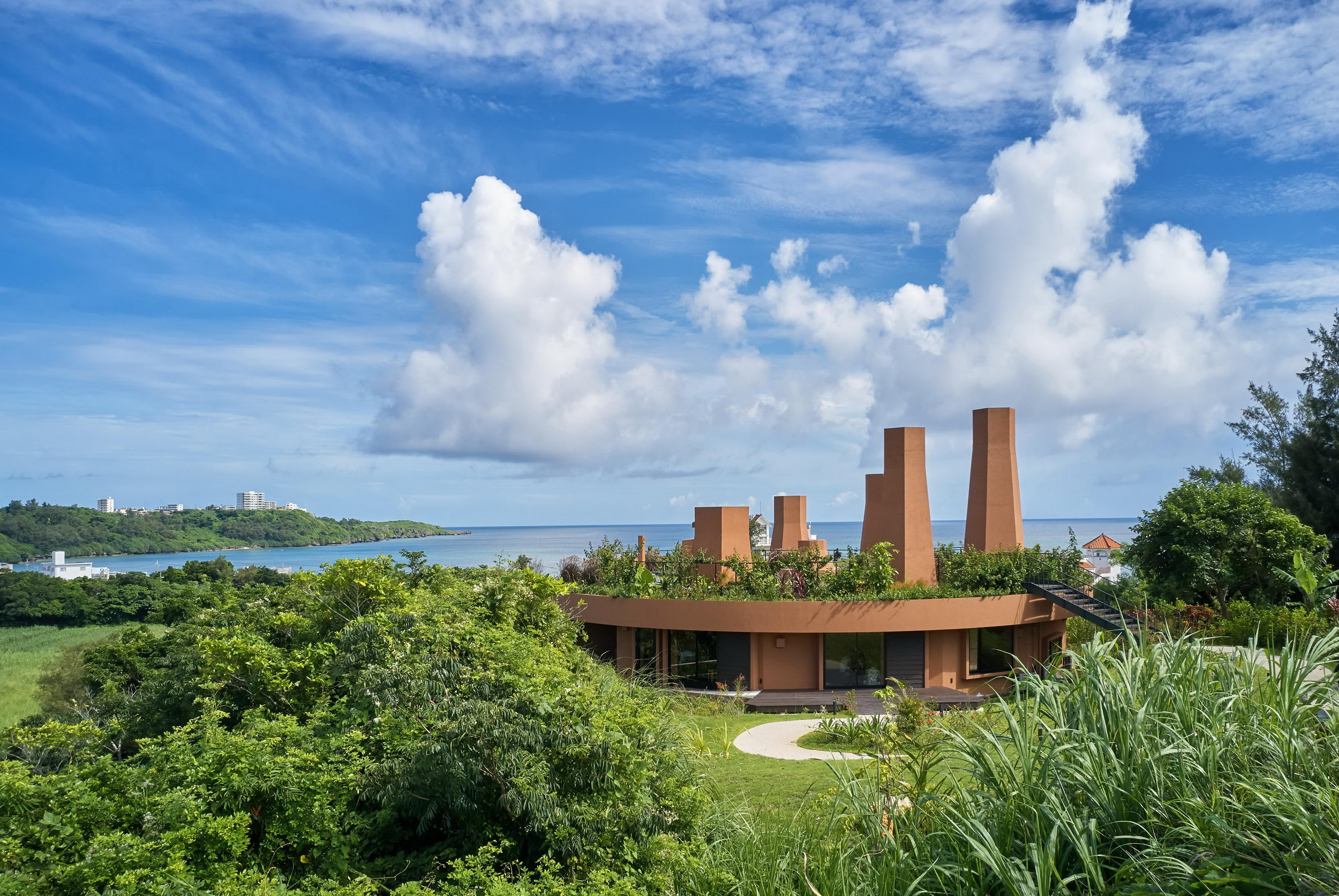
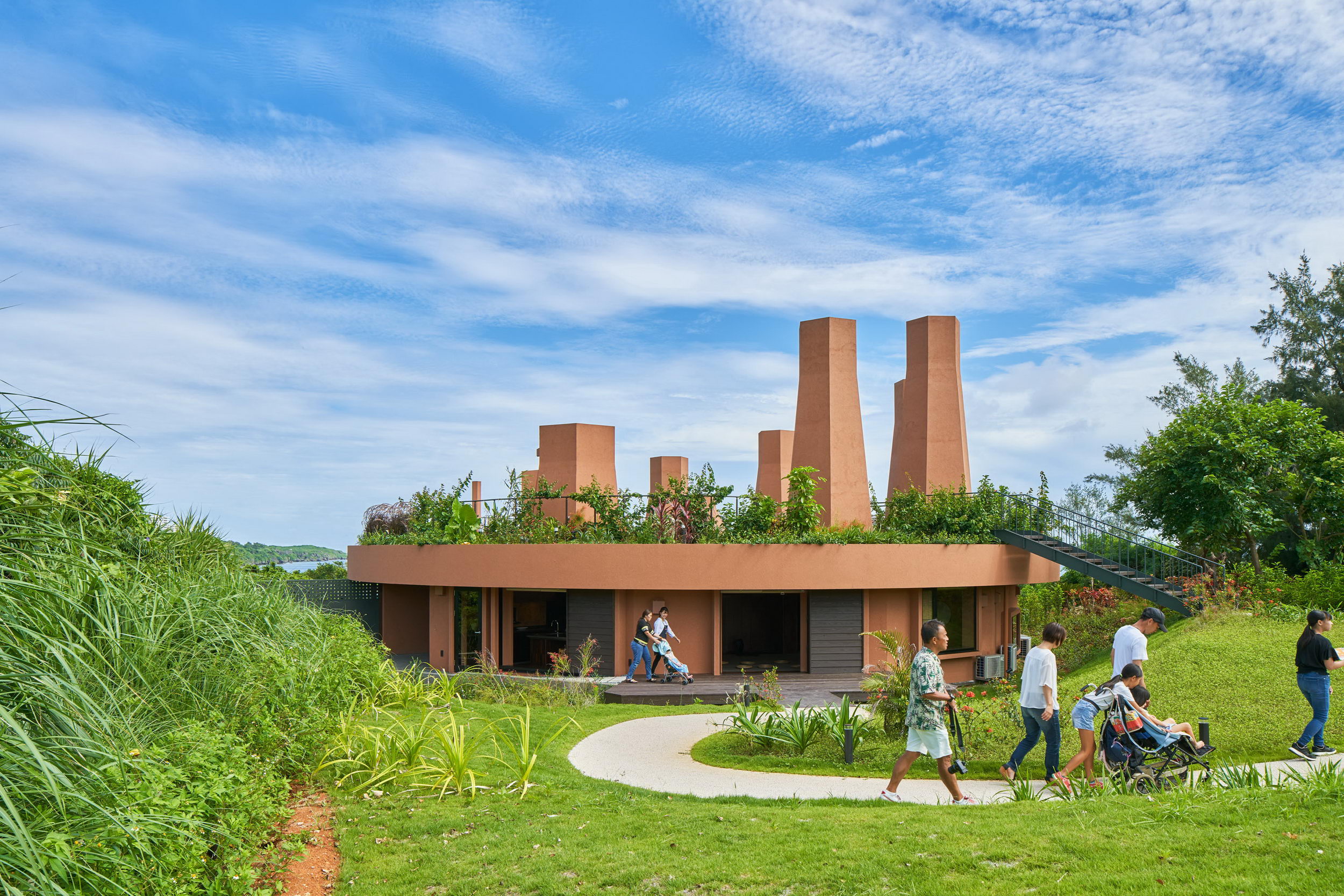
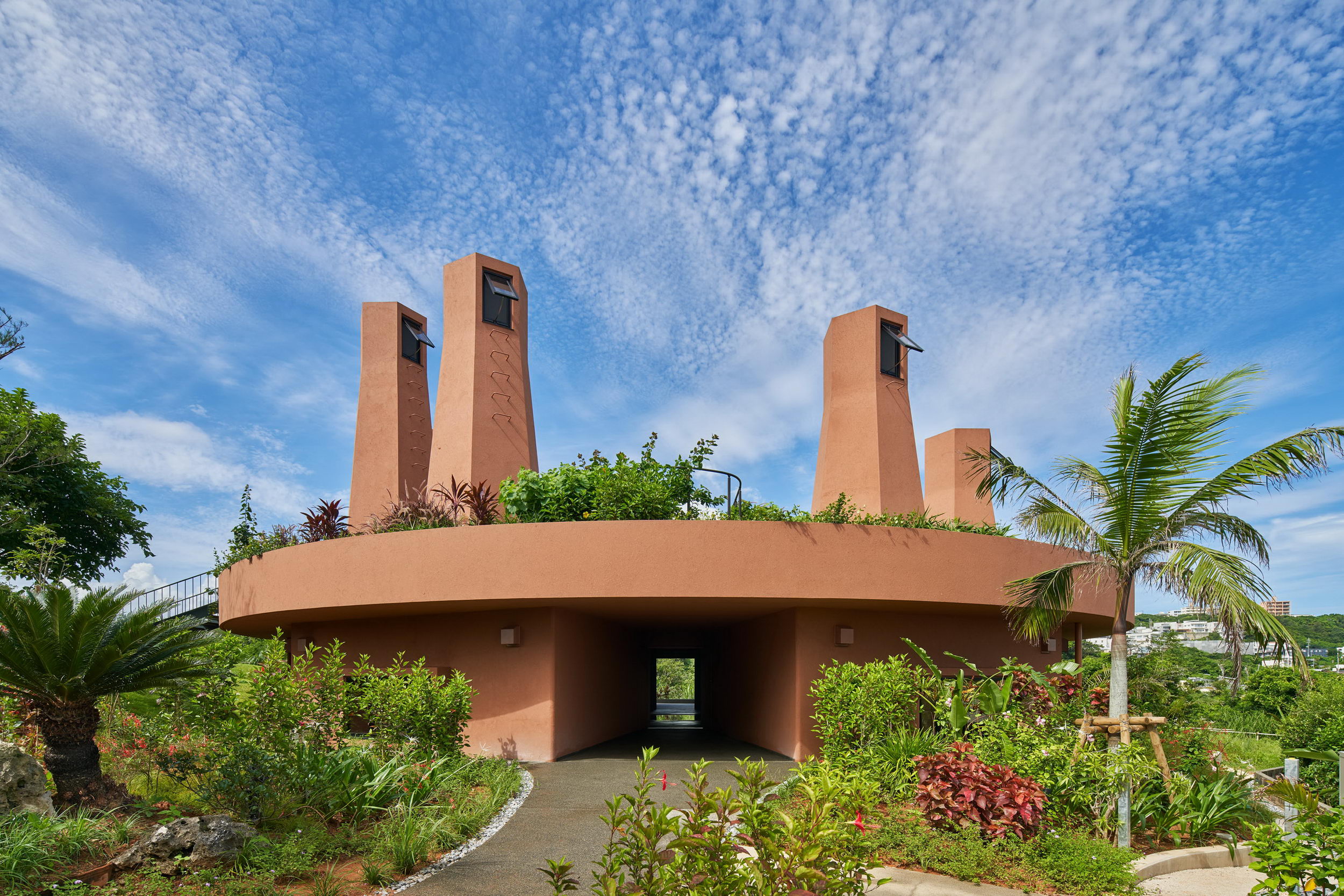
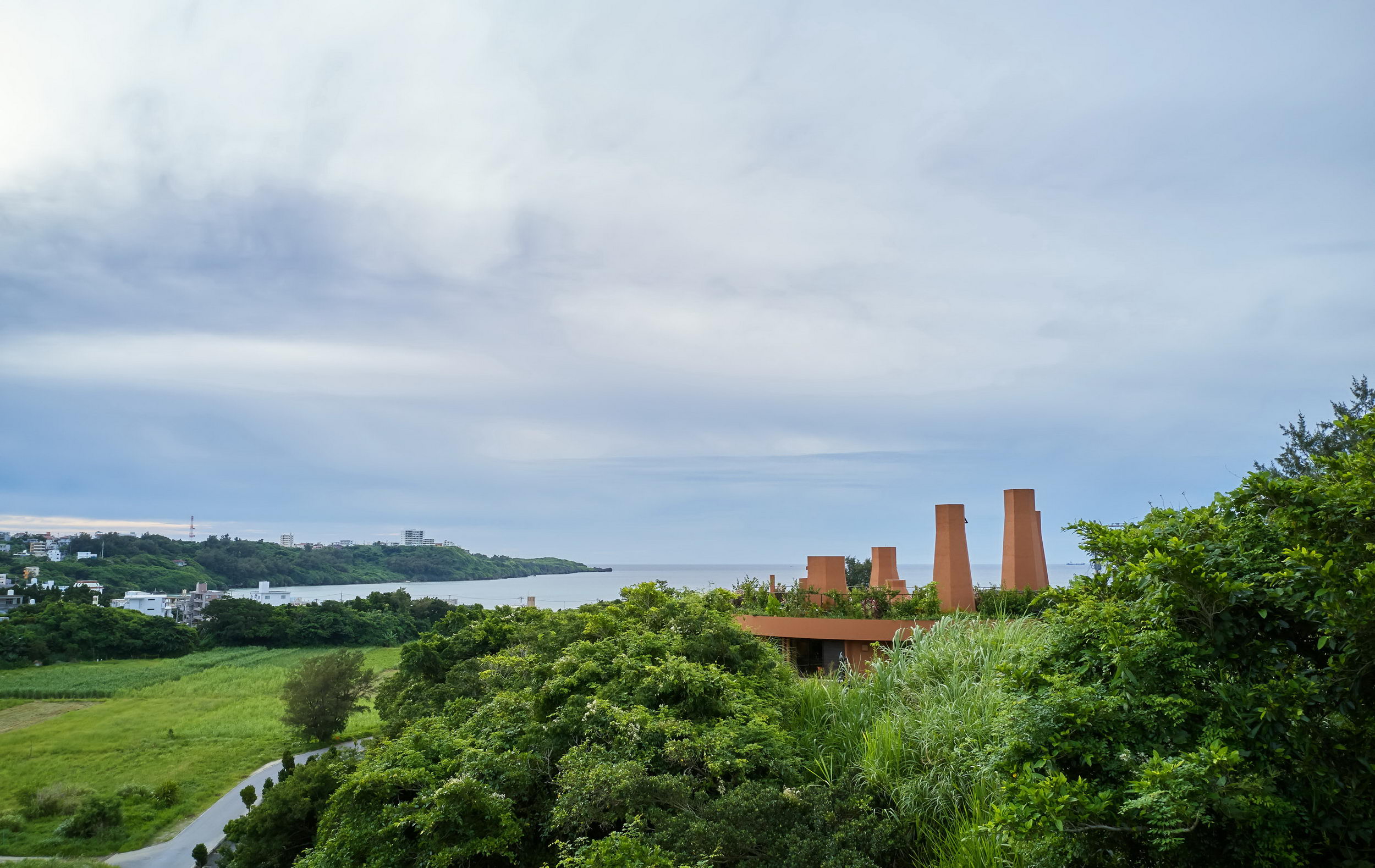
虽然场地从二层高可以看到大海,但客户希望建造一座周围环绕着植物的单层建筑,如冲绳的典型建筑布局一样,家庭和护理员工都可以在此共度时光,并熟悉彼此的存在。
The ocean is visible from the second-floorlevel, but the client wished for a single-story building surrounded by flora,as typical in Okinawa, where the families and staff could seamlessly spend timewhile being aware of each other’ s presence.
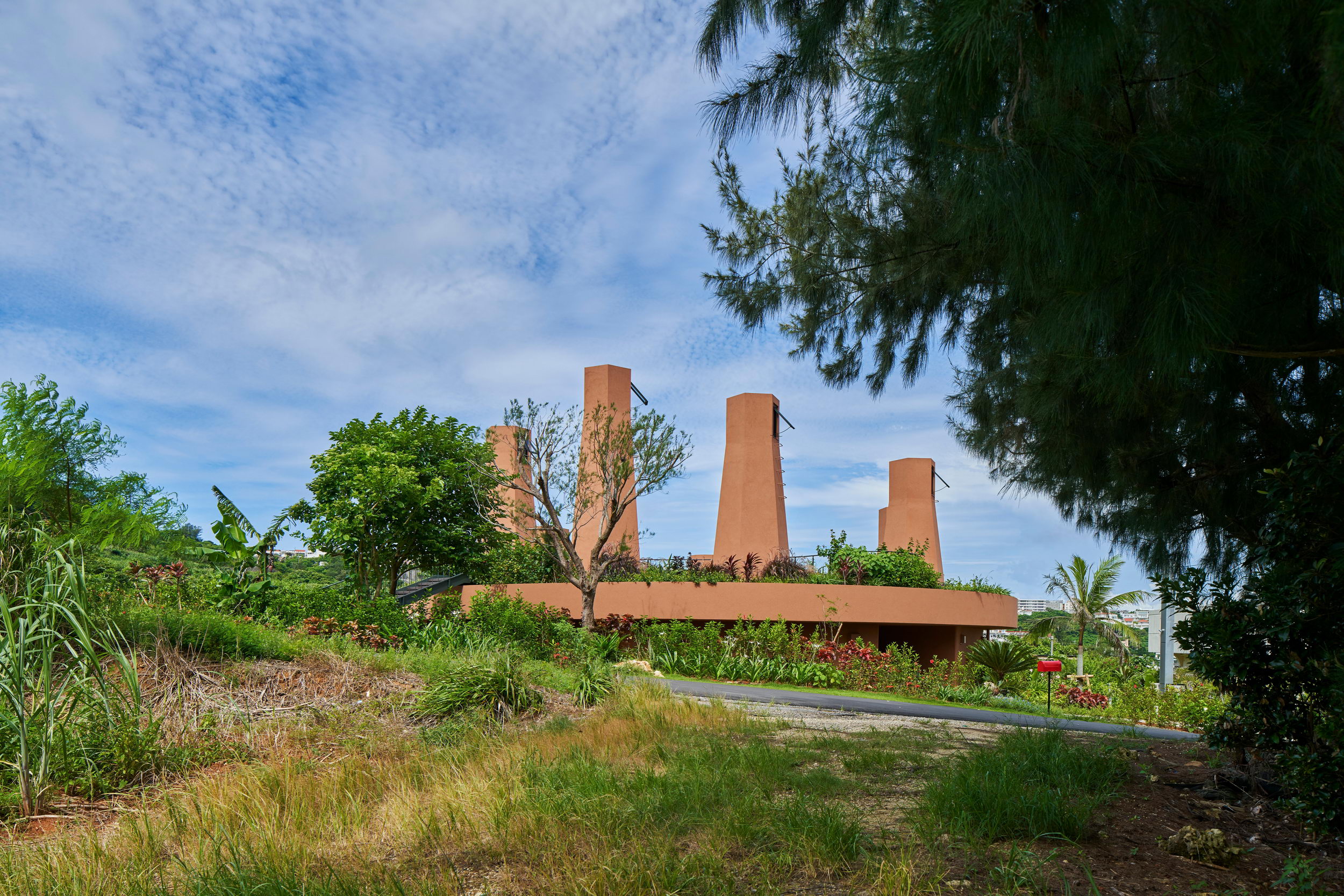
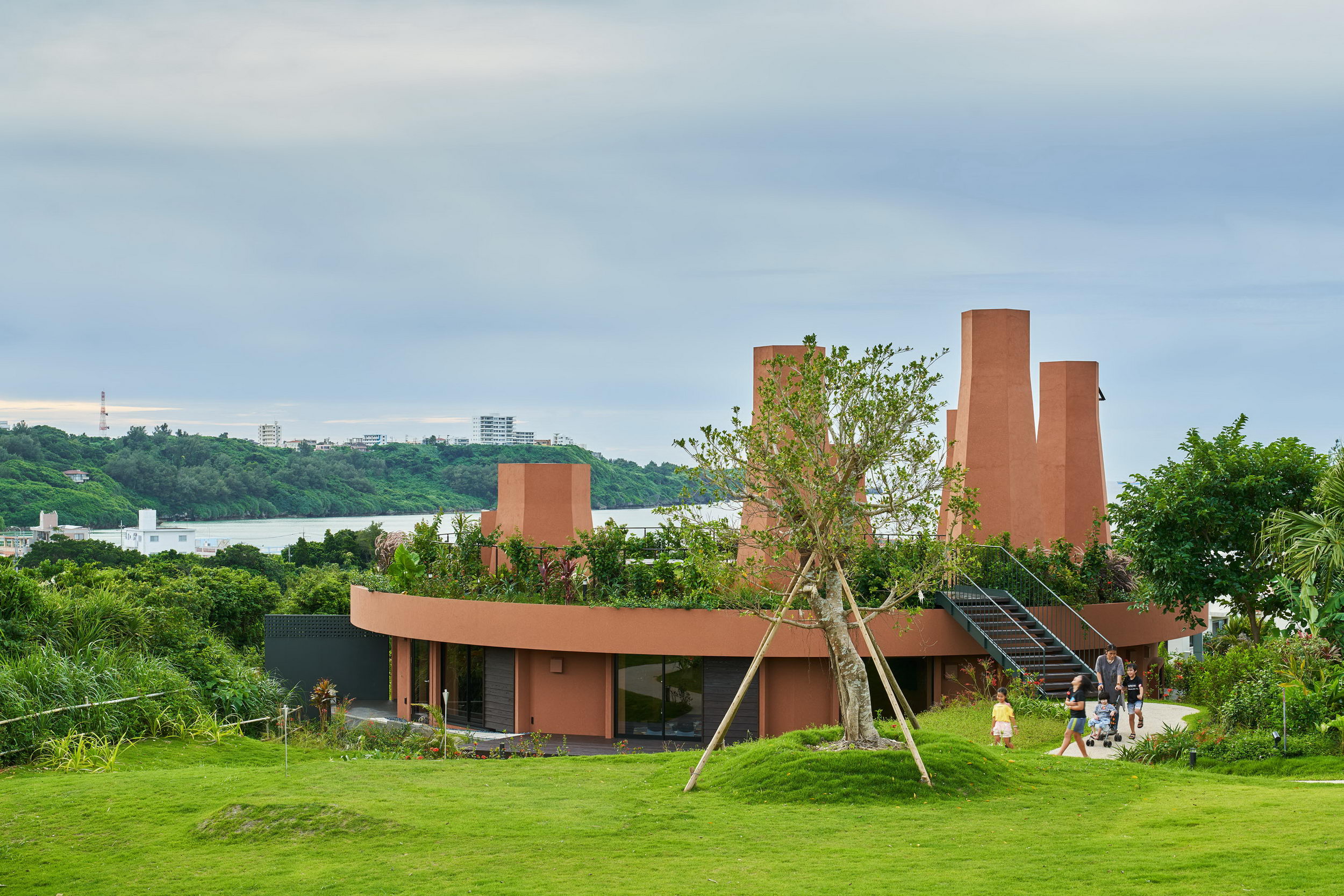
在设计阶段,团队想象自己依偎在那些卧床不起的孩子们身边,他们整天凝视着天花板或窗户。考虑到他们的视线高度和体型大小,建筑设置了滑动玻璃门,这样孩子们即使侧卧在床上,也可以欣赏到窗外的风景、感受户外的风。建筑采用较低的入口和天花板,搭配8米深的风烟囱和顶部直径约1.8米的天窗,让孩子们平躺在床上也可以直视天空。风烟囱还可以在白天从高处吸收海风,并通过创造浮力驱动的通风设计从北花园的阴凉处吸入凉爽的空气。
When designing, we imagined nestling closeto the bodies of bedridden children who gaze at a ceiling or window all day.With consideration of their eye level and body size, we placed sliding glassdoors so they could enjoy the outside scenery and wind even from a side-lyingposition, low entrances and ceilings, and 8 m-deep wind chimneys about 1.8 m indiameter with a skylight on top that could be looked straight up when lying onthe back. The wind chimneys take in the ocean breeze from high up during theday, while drawing the cool air from the shade of the north garden by creatingbuoyancy-driven ventilation.
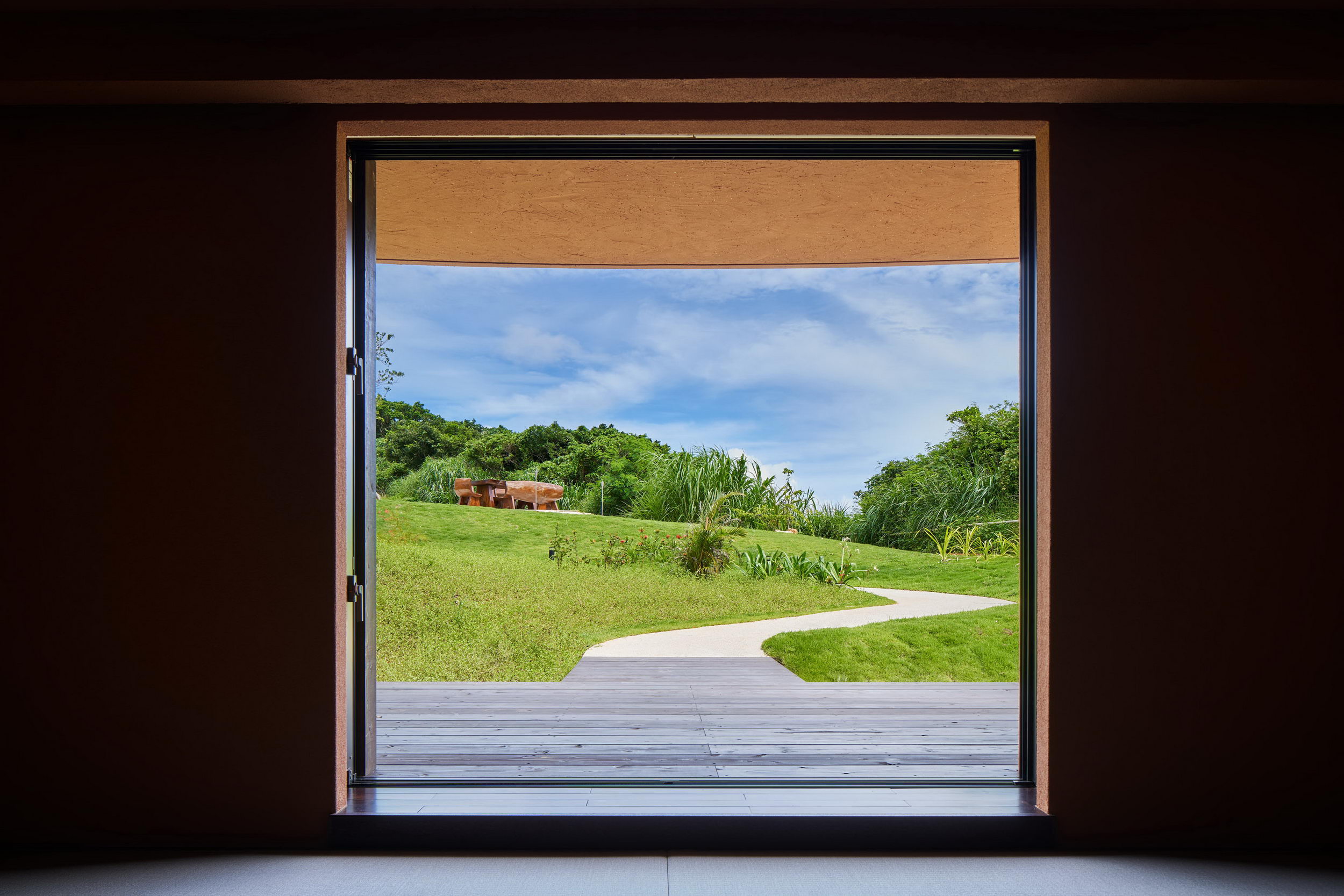
▽即使躺卧也能看到窗外风景
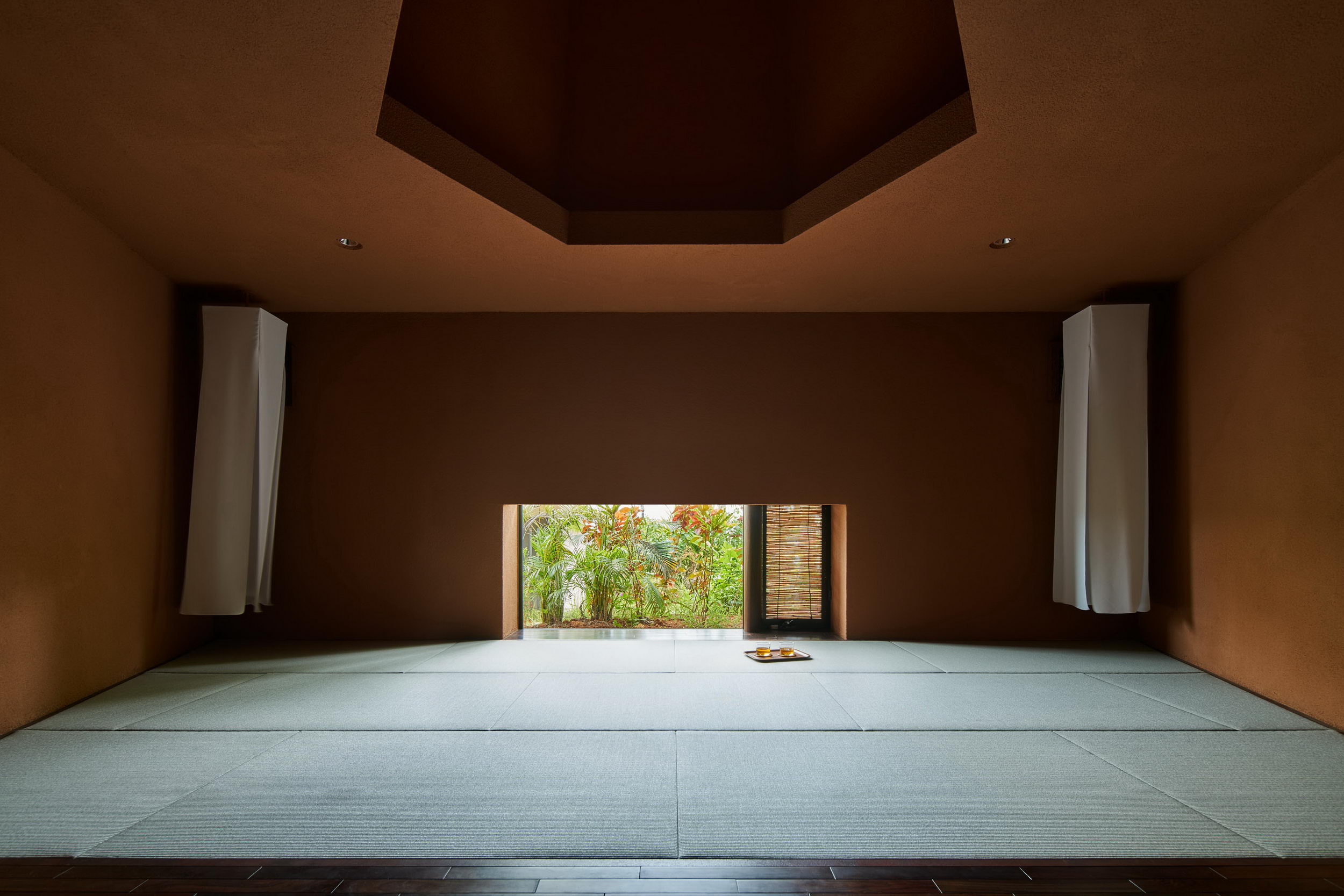
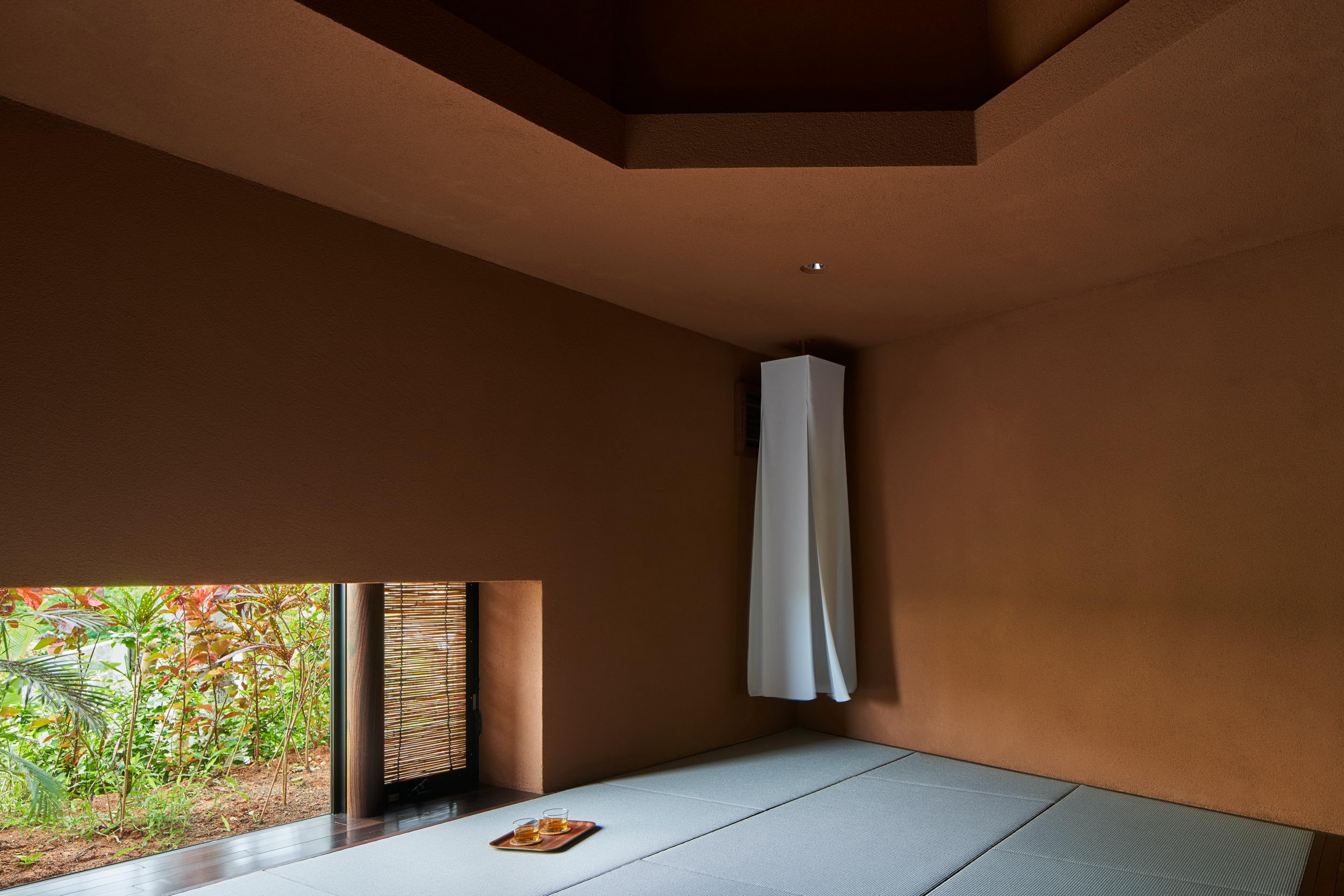
对于身体残疾的儿童来说,风承载着很多信息,吹过松林的海风、昆虫和鸟类的歌声、土生花卉的芬芳、潮汐和雨水的潮湿气味。设计师希望这些“风之景”能够将孩子们与冲绳的自然环境联系在一起。建筑的平面呈圆形,与周围环境平等开放,所有房间均朝外。人们聚集的公共浴室和客厅、餐厅及厨房都向自然光线充足的花园敞开,而四个紧凑的客房则相对昏暗和安静,让容易疲倦的孩子好好休息。
For children with physical disabilities,the wind carries a lot of information; The ocean breeze that blows through thepine grove, the singing of insects and birds, the fragrance of indigenousflowers, and the humid scent of the tide and rain. We envisioned that this“scenery of wind” (in Japanese, the word “wind” consists of two letters; windand scenery) would connect children with Okinawa’ s environment. The plan has acircular form that opens up equally to the surroundings, with all rooms facingoutward. The communal bath and living-dining-kitchen area where people gatheropen up towards the garden with an abundance of natural light, while the fourcompact guestrooms are a bit darker and quiet for the children who tire easilycanrest.
▽餐厅和浴室
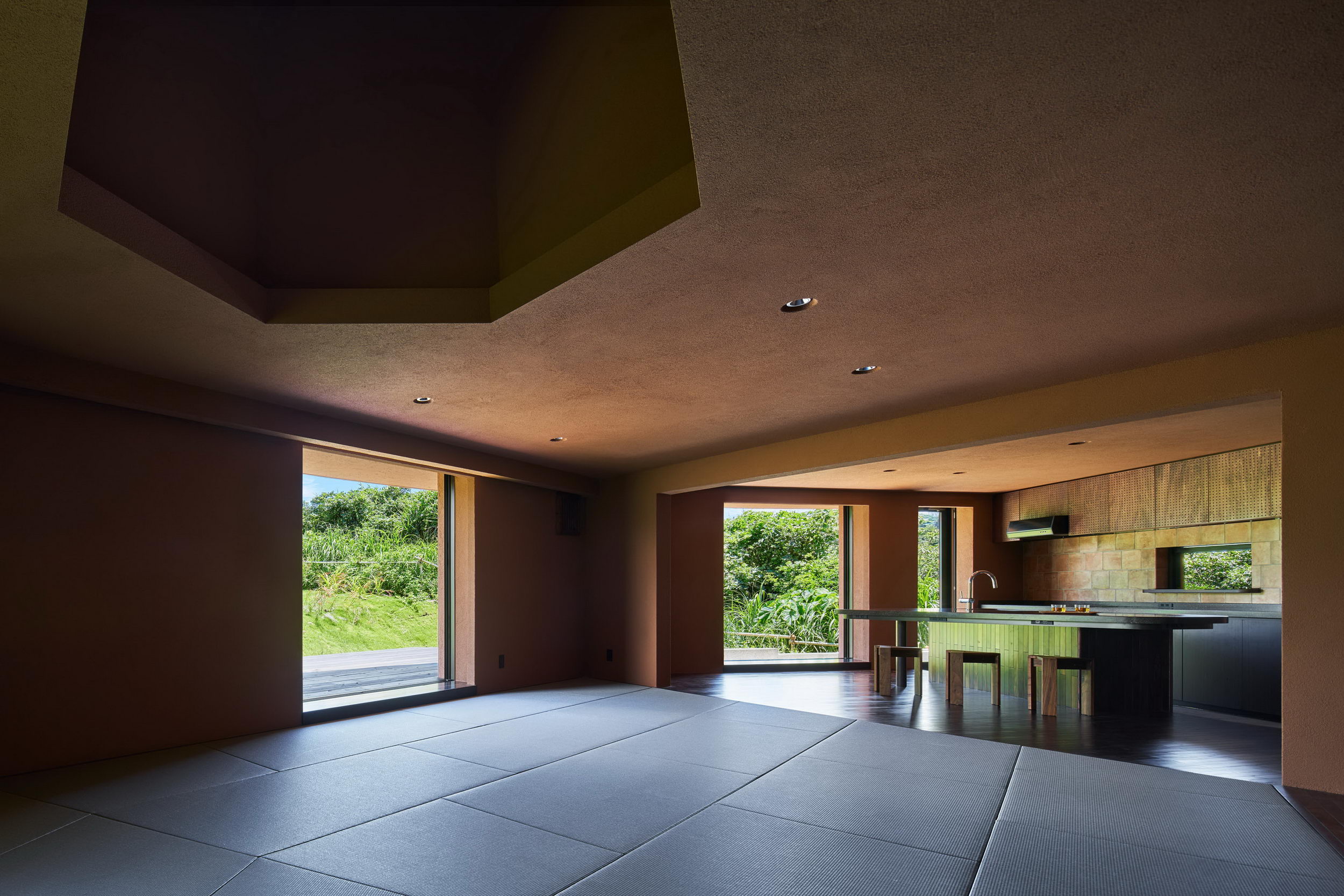
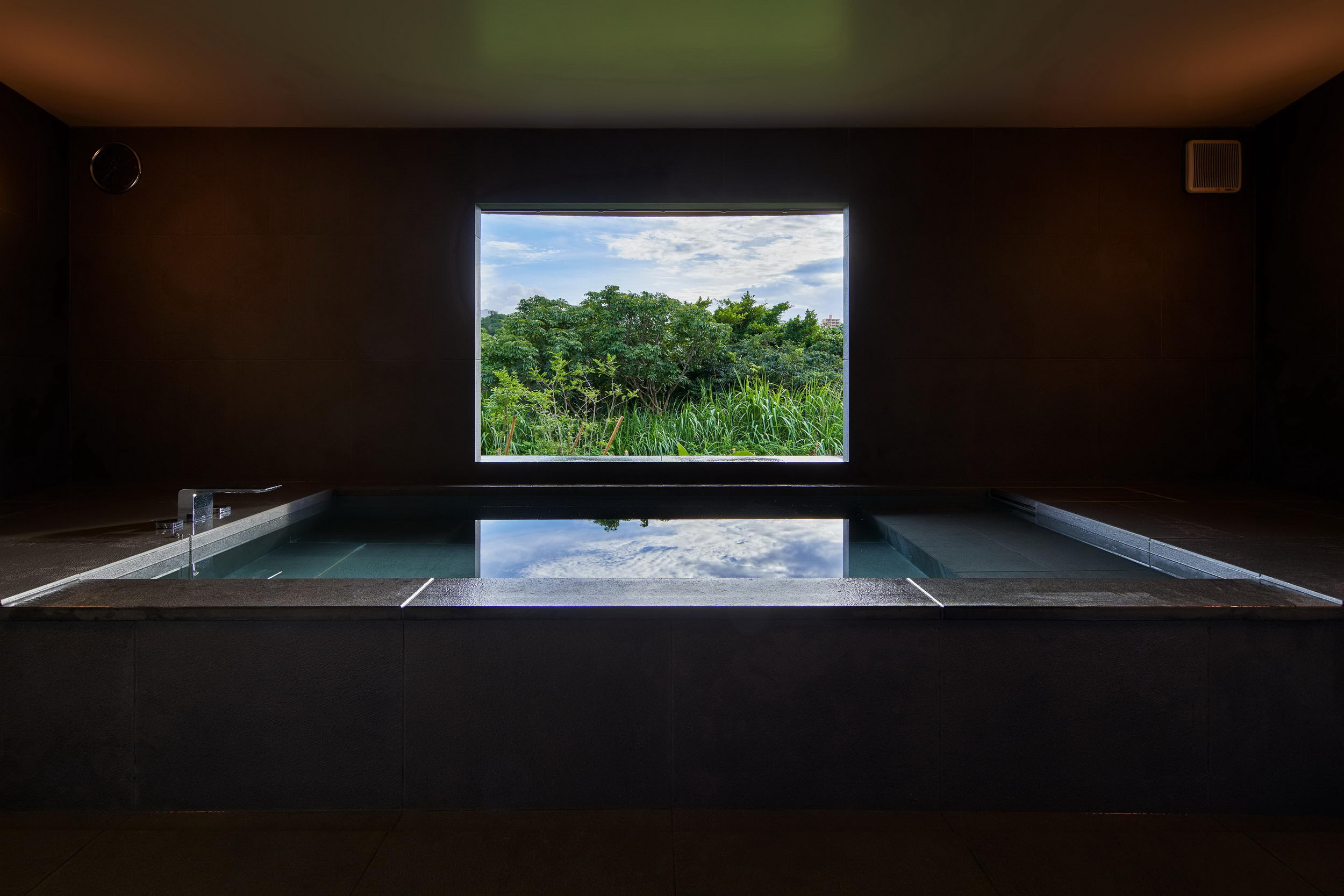
团队研究了日本气象厅的风向频率统计,并采取现场调查,根据下午从悬崖下方的海洋和河流向上吹来的风向以及夜间从山上向下吹来的风向,确定了项目中水庭院的位置。由于庭院周边的温差,使得凉风时时吹拂过中央的水景。雨水和海风通过无玻璃的天窗进入室内,太阳和云层间的明暗在这个向内的空间中每时每刻发生变化。当坐在宁静的大厅墙壁旁的长凳上时,阳光透过天窗投射在水面上,在屋顶上反射出如火焰一般颤动的涟漪。设计师称之为“点燃心中的火焰”,并将其视为对家庭的鼓舞。
We studied wind direction frequencystatistics by theJapanMeteorological Agency and onsite survey andplaced the courtyard of water based on the direction of the wind that blowsupward from the ocean and river below the cliff during the afternoon anddownward from the mountains at night. A cool wind blows through the water basinin the center, induced by the temperature difference with the periphery of thecourtyard. Rain and wind enter through the glassless skylight, and illuminationfrom the sun and clouds transition moment by moment in this introspectivespace. When sitting on a bench along the wall of this tranquil hall, lightspills through the skylight and reflects on the water basin, creating rippleson the ceiling that quivers like a flame. We call this a “flame lit in theheart” and perceive it as an encouragement for the families.
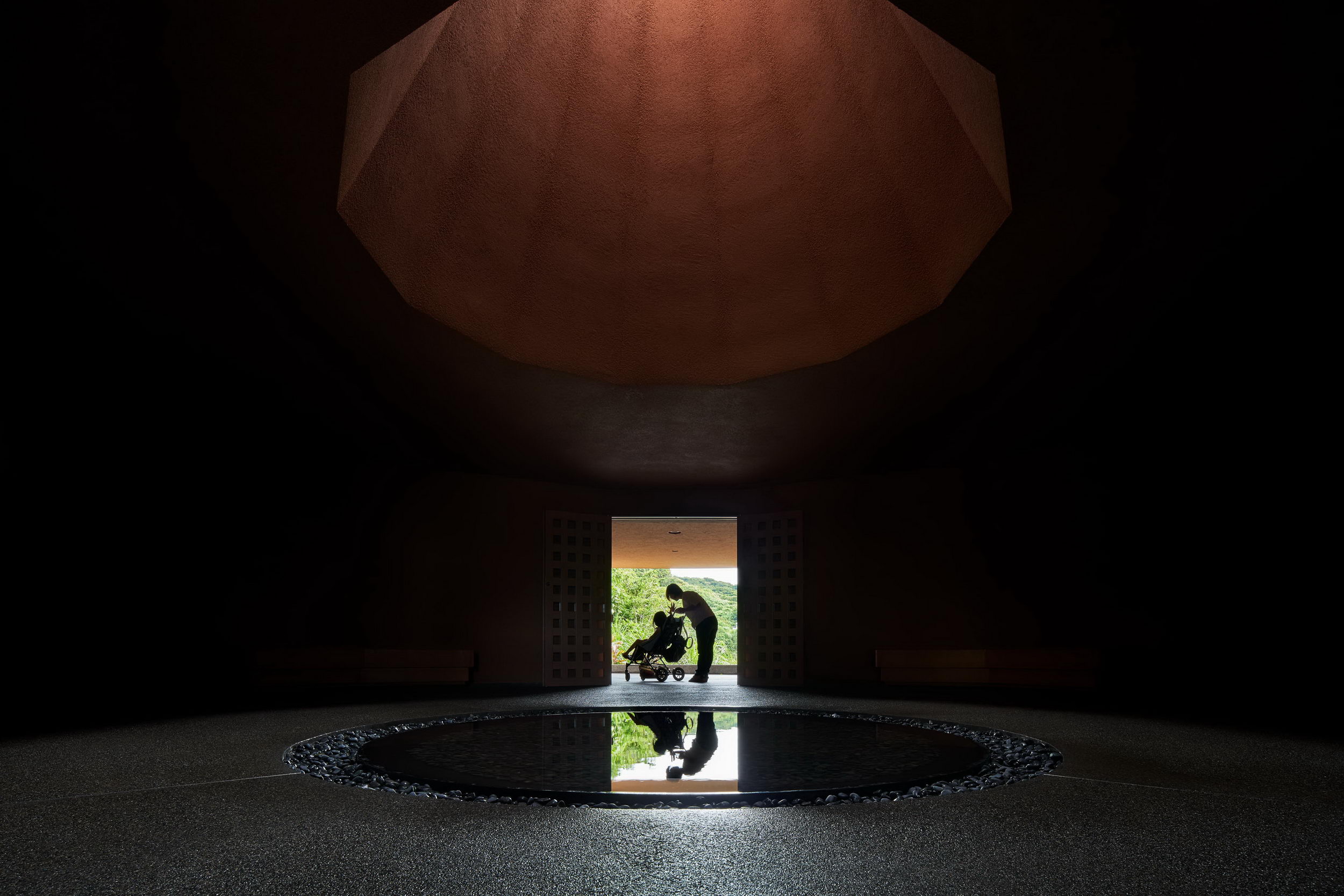
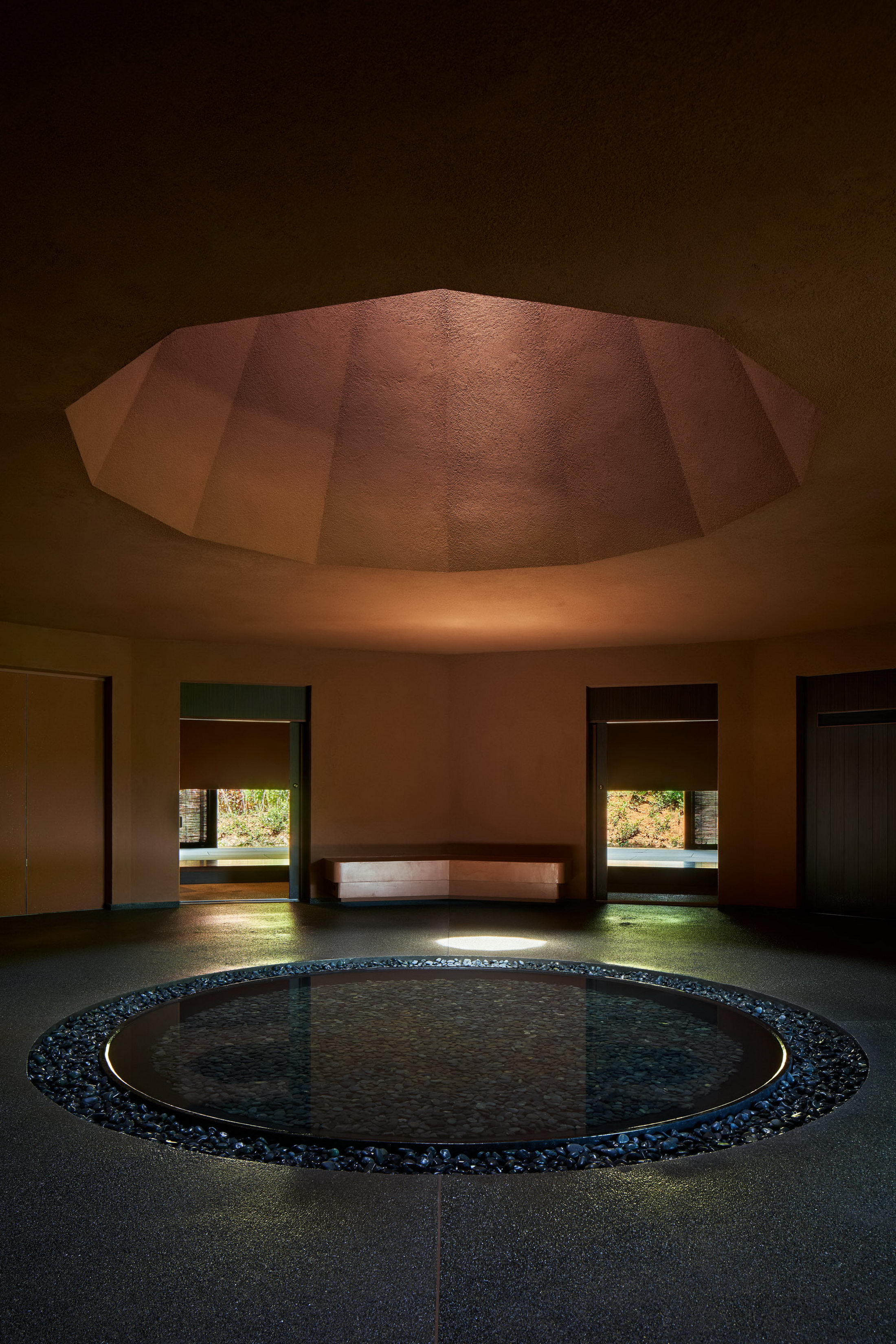
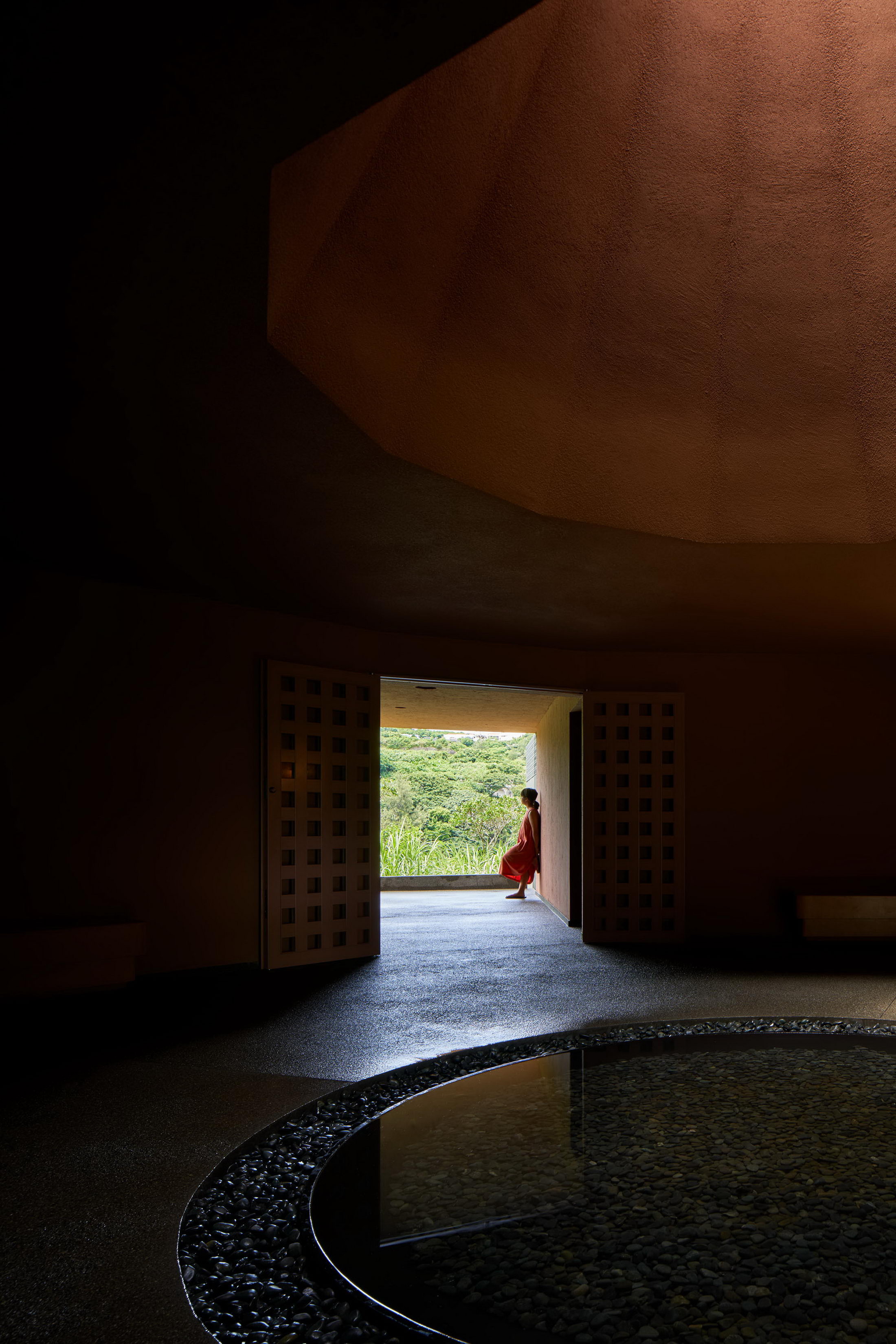 | 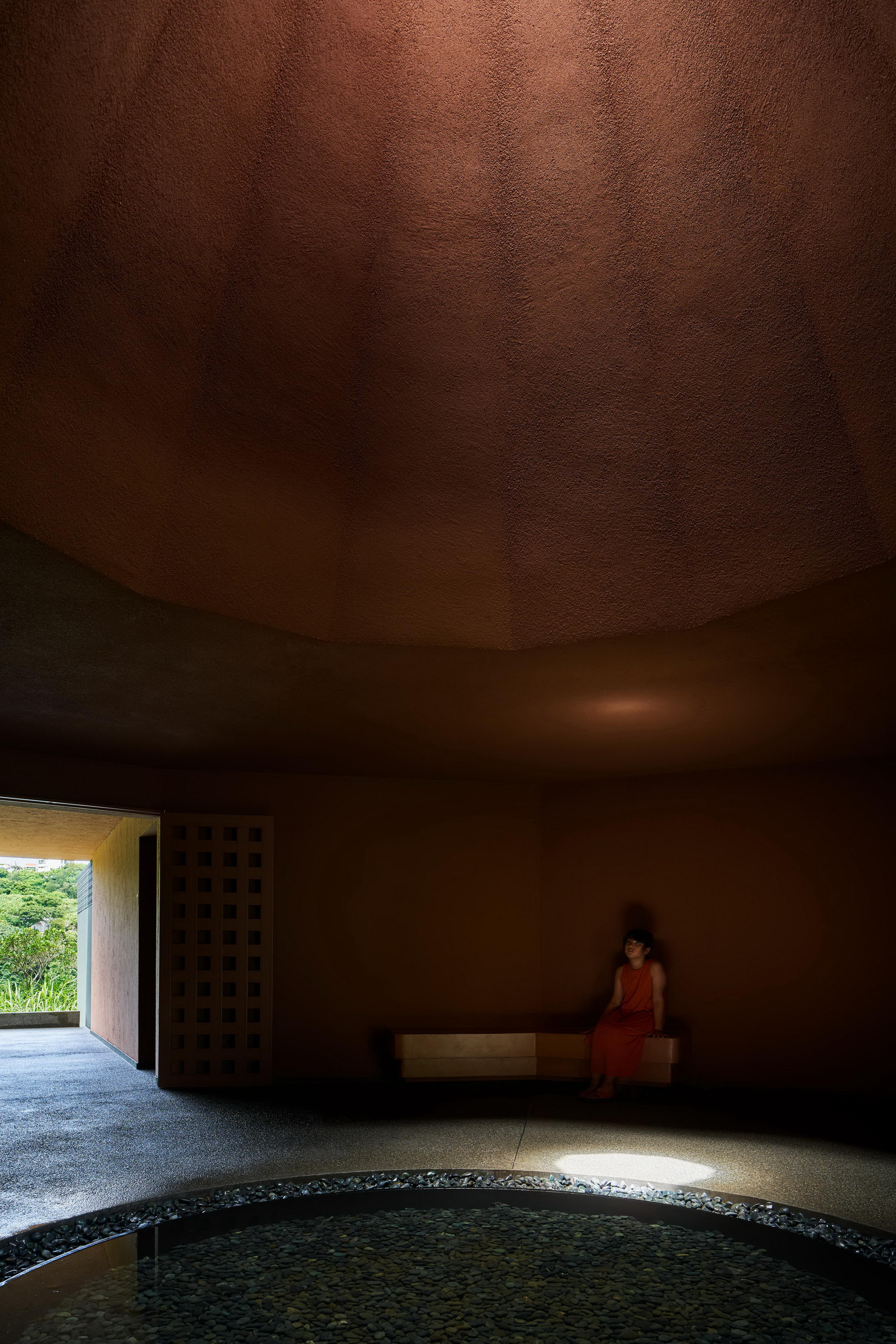 |
▽阳光透过天窗投射在水面上,在屋顶上反射出如火焰一般颤动的涟漪
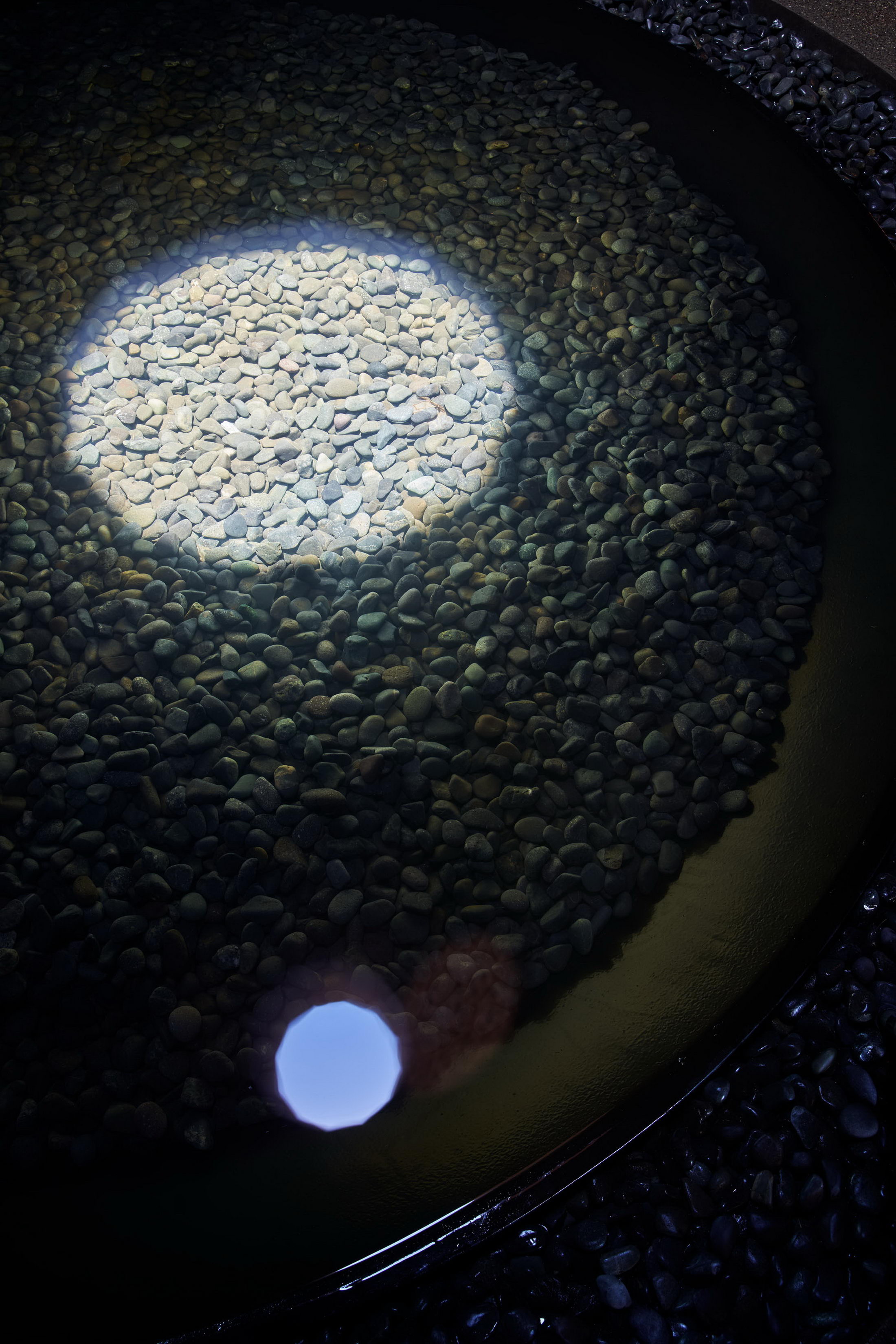
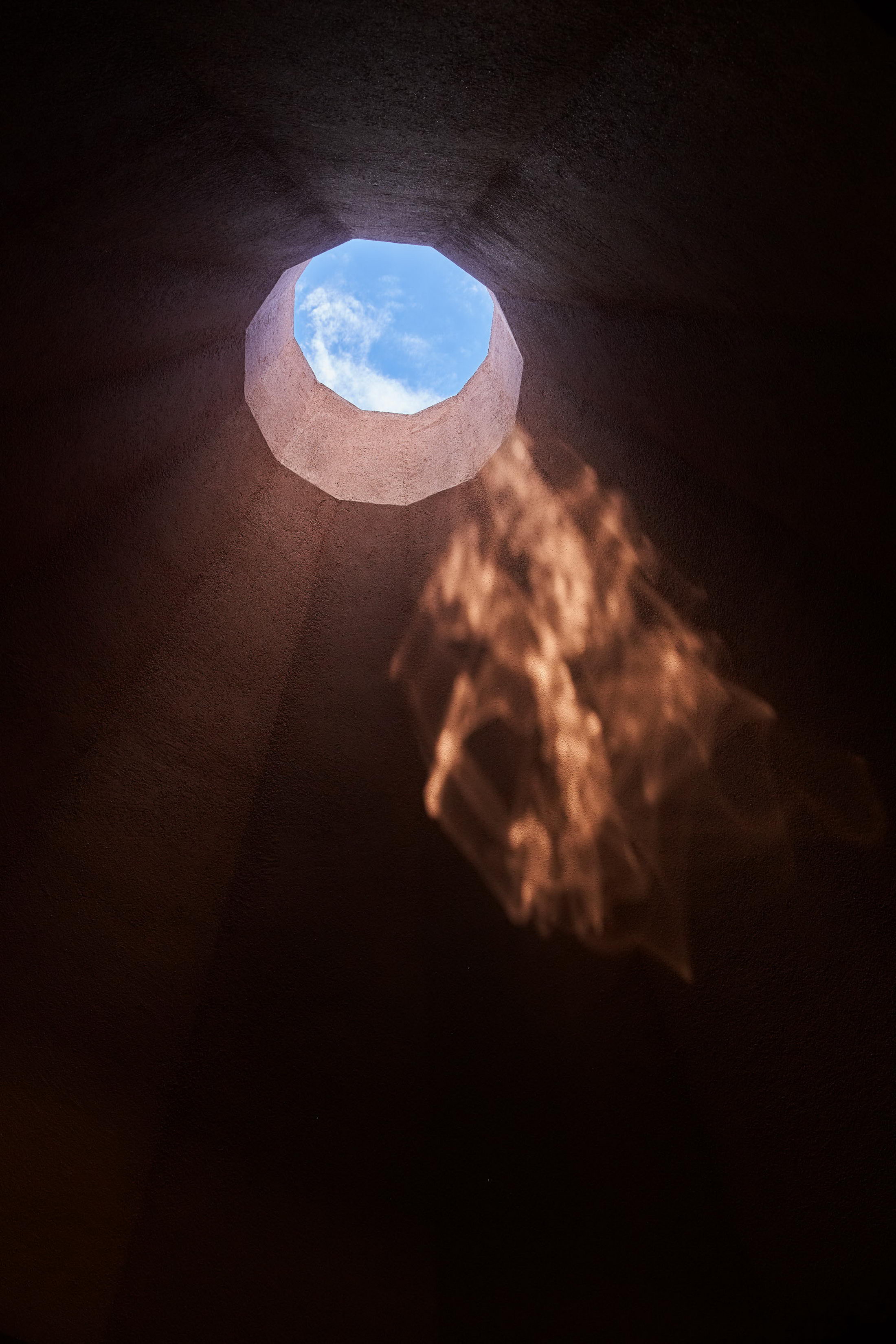
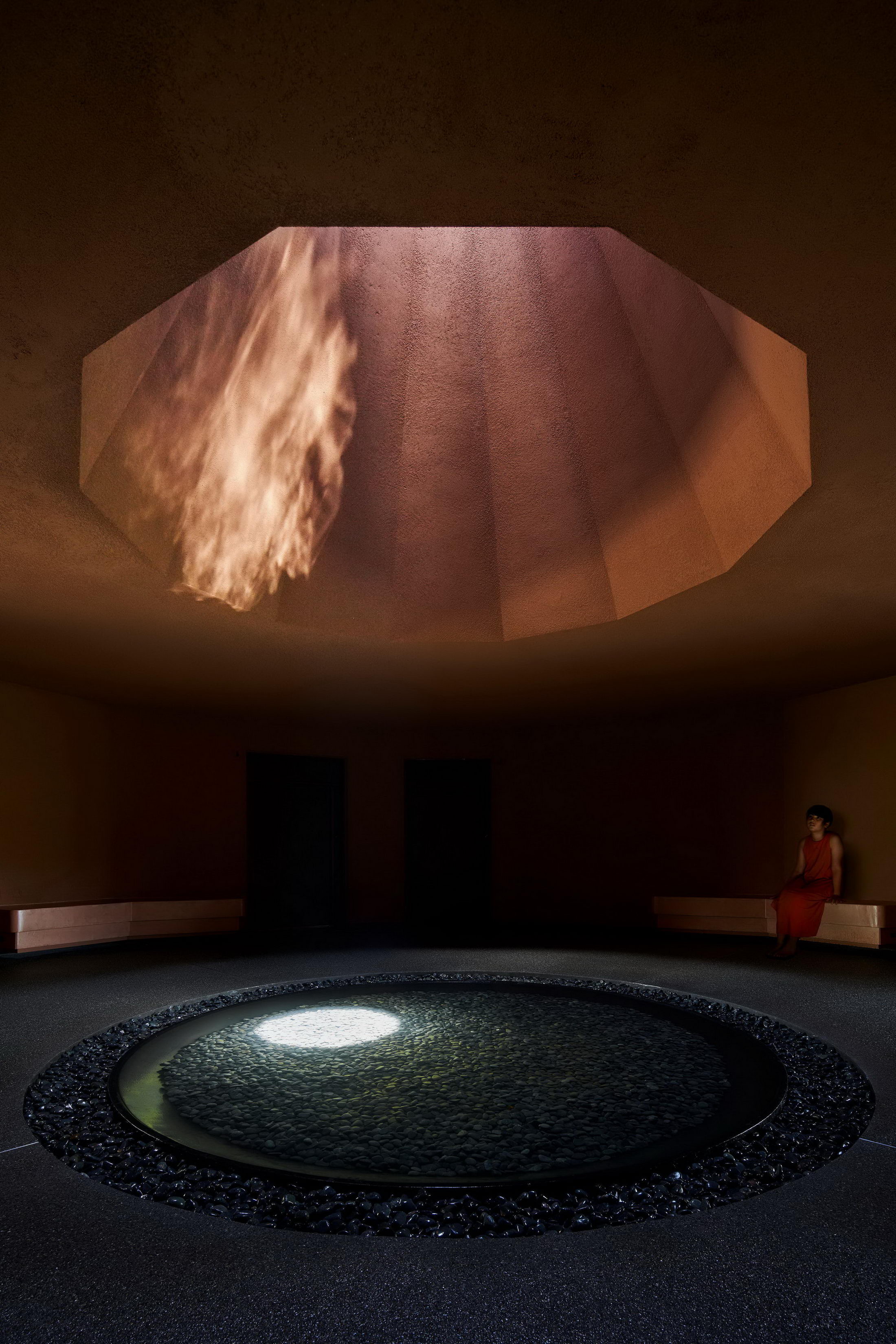
在屋顶花园中心的圆凳上,可以360度全方位欣赏蓝色大海、城镇和甘蔗田的景色。在向心的水庭院和离心式屋顶花园中,团队还设置了空间中静态和动态的对比行为。
From the round bench in the center of therooftop garden, there is a 360-degree panoramic view of the blue ocean, town,and sugarcane fields. In the centripetal water courtyard and the centrifugalrooftop garden—we prepared the contrasting conduct of static and dynamic in thespaces.
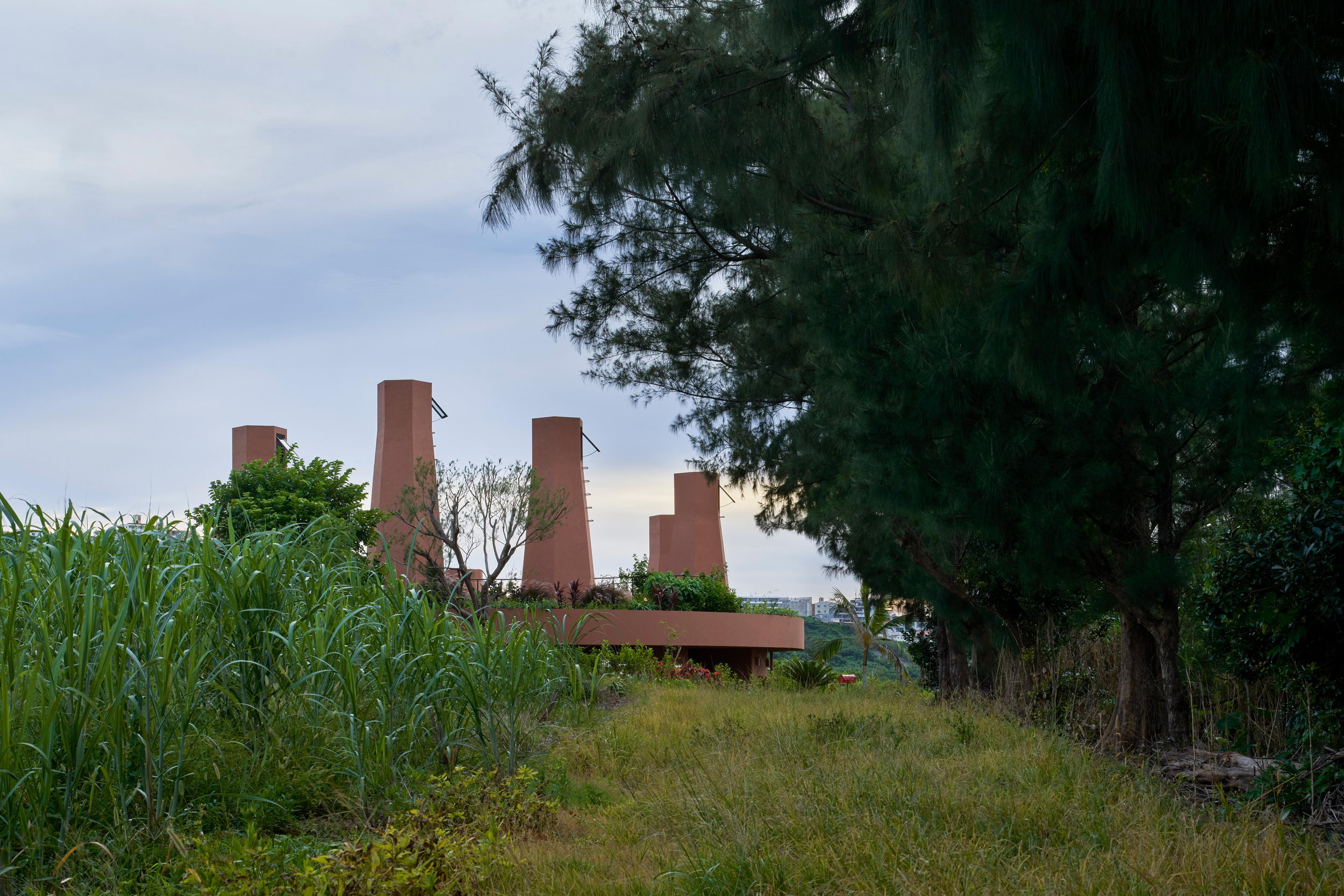
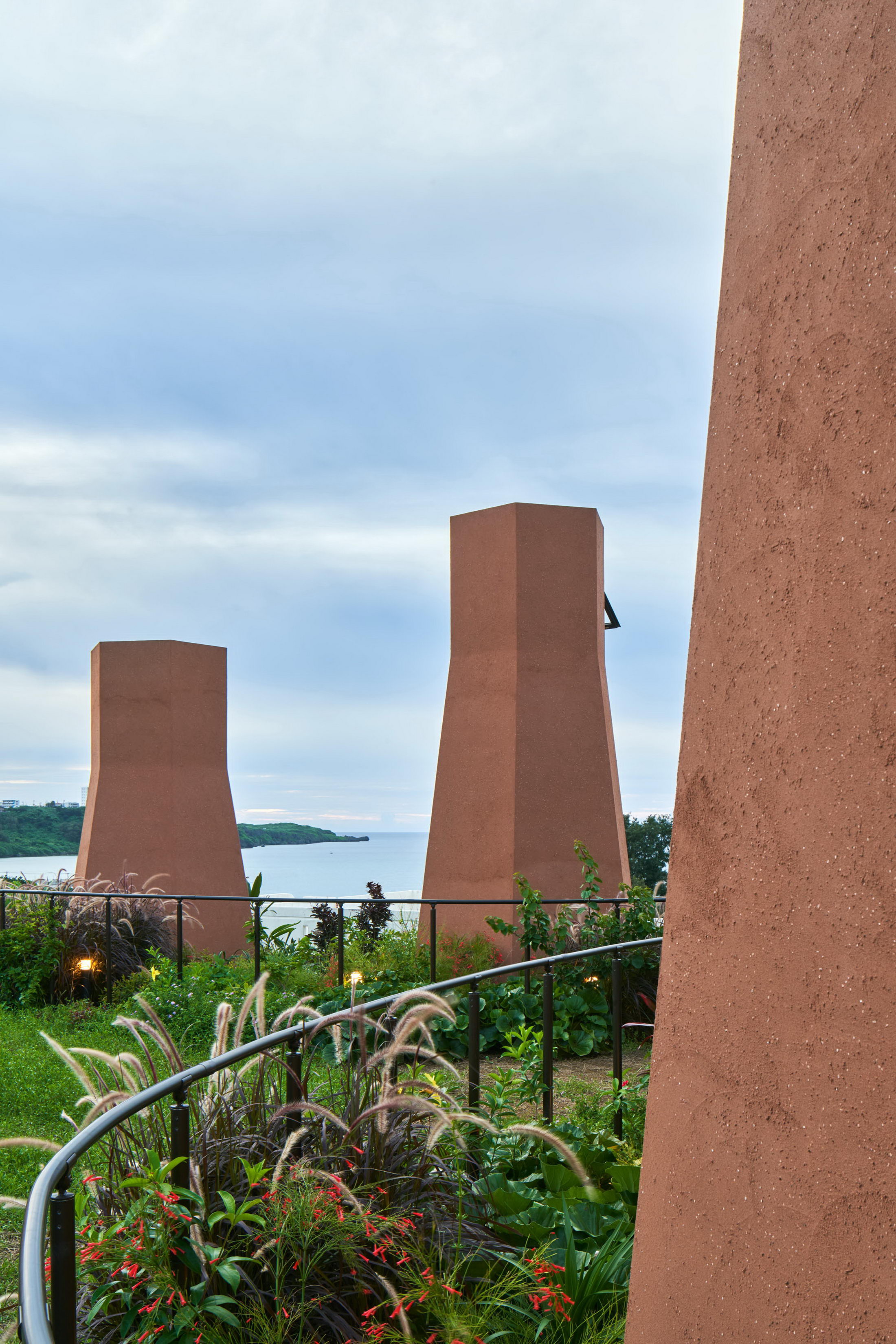
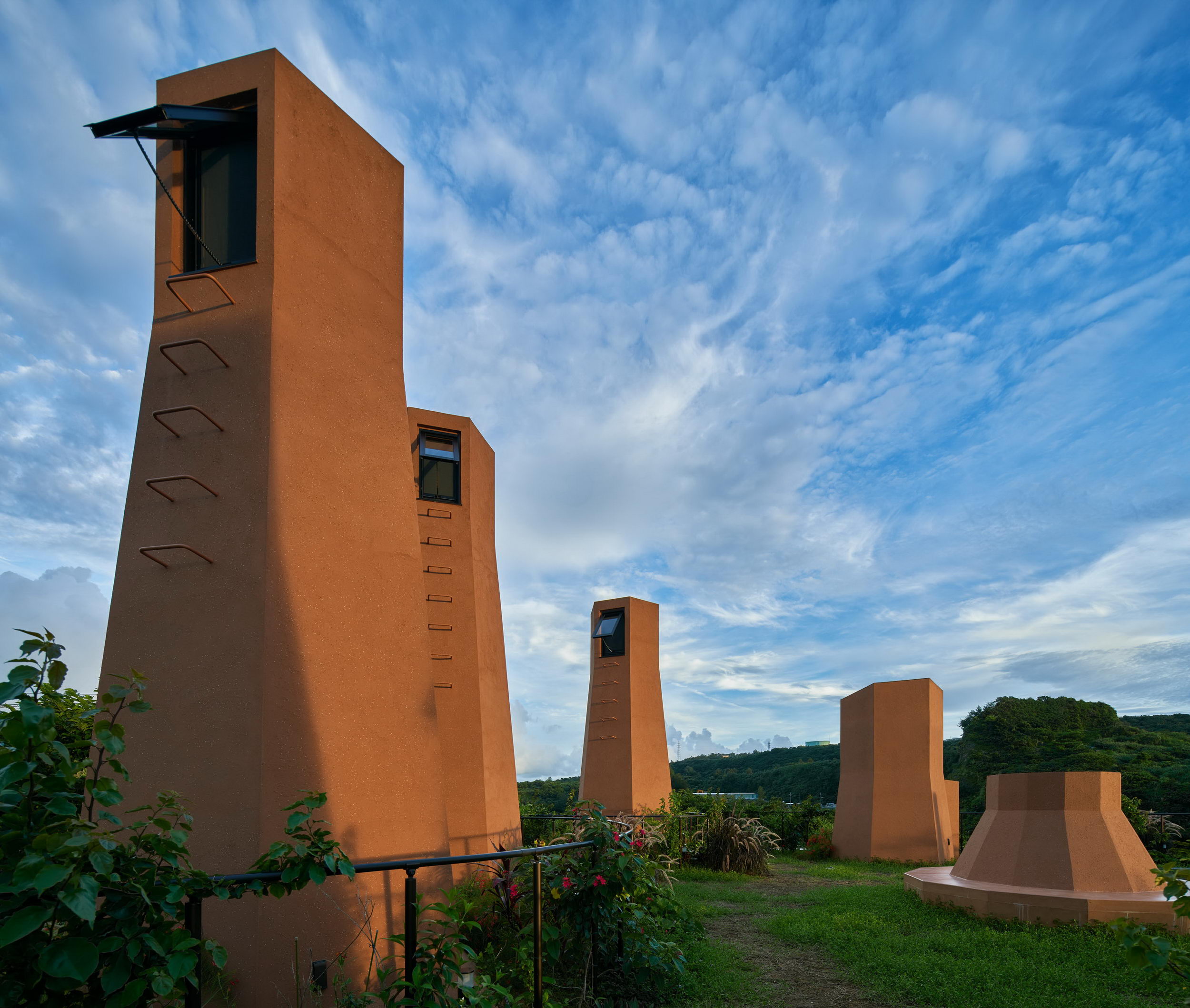
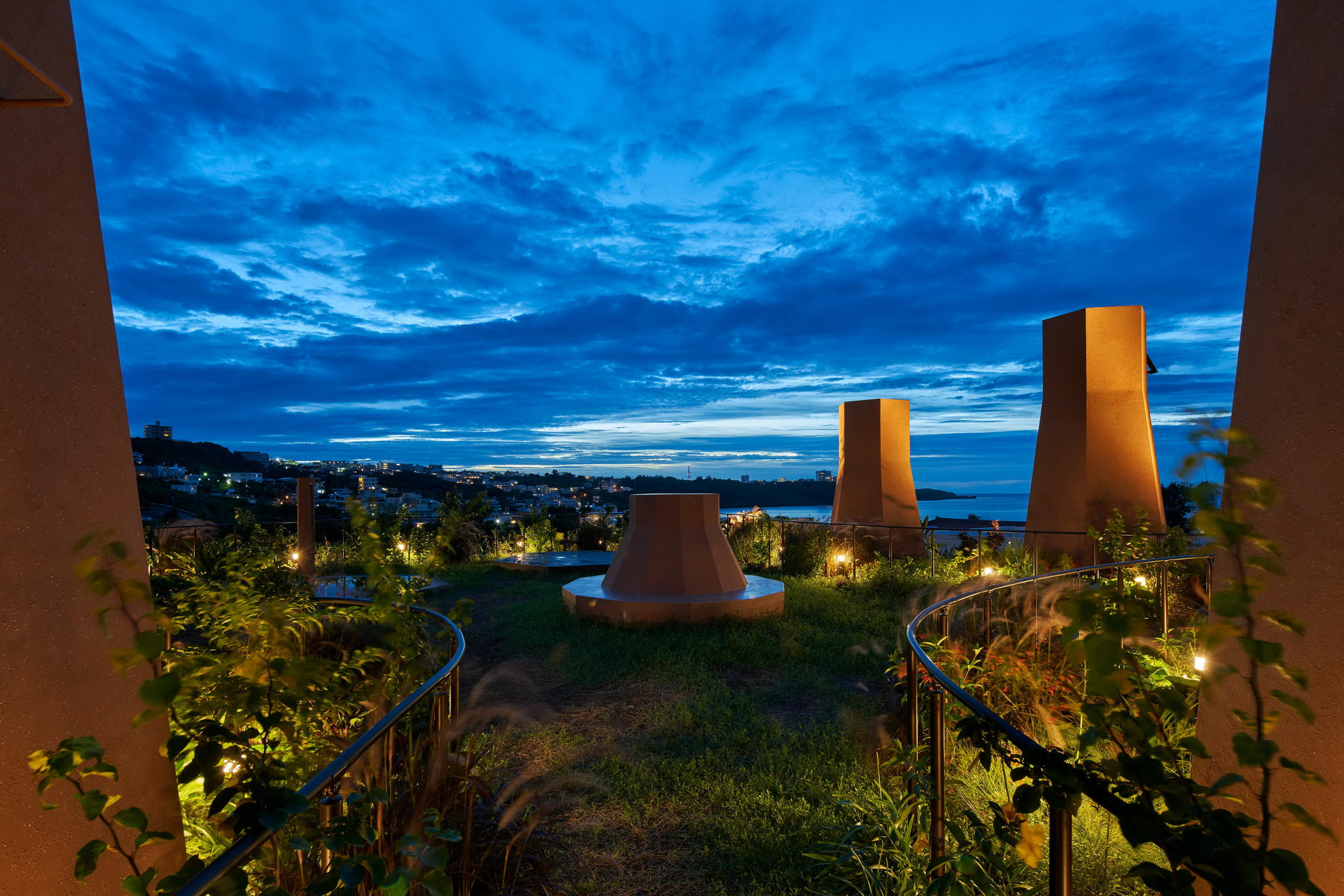
室外台阶的设计使护理人员和家长能够轻松地从两侧支撑和移动轮椅。通常被认为是障碍的楼梯被视为积极的事物,并引发共情和回忆。这是基于客户的理念,他认为:“我们不能消除所有的障碍,但可以通过无障碍设计保护他们的自由和尊严。让人们意识到,每个人身上都或多或少地存在着身体或精神上的障碍,因此需要相互理解和帮助。这里的设计正是促进着这一点。”如上所述,场地中基于儿童的视线高度和体型大小而设计的空间,或许会让健全的成年人感受到不方便,从而体验到障碍人士的不便。
The outdoor stairs are designed to make iteasy for staff and parents to support a wheelchair from both sides. Stairs thatare generally considered to be a barrier were viewed as something positive andthat trigger compassion and memories. This is based on the philosophy of theclient who said, “Barrier-free designs protect their freedom and dignity, butwe cannot eliminate all barriers. Rather, what is needed is to notice physicaland mental barriers that exist for allof us, and understand and help eachother. The barriers that prompt this, are fine to be here.” The spaces that aredesigned for the eye level and small bodies of the children as described abovemay be inconvenient and sometimes be barriers for able-bodied persons.
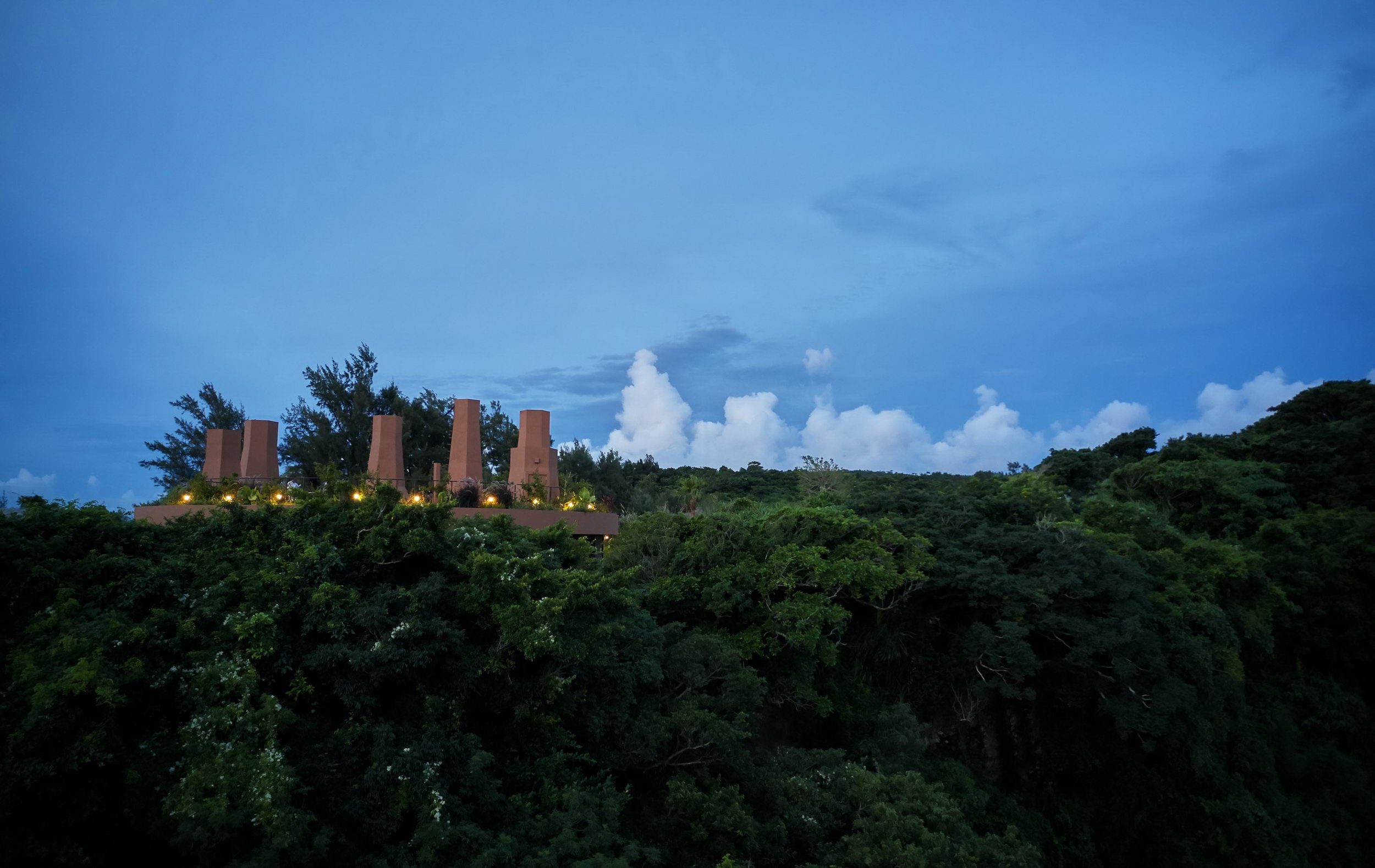
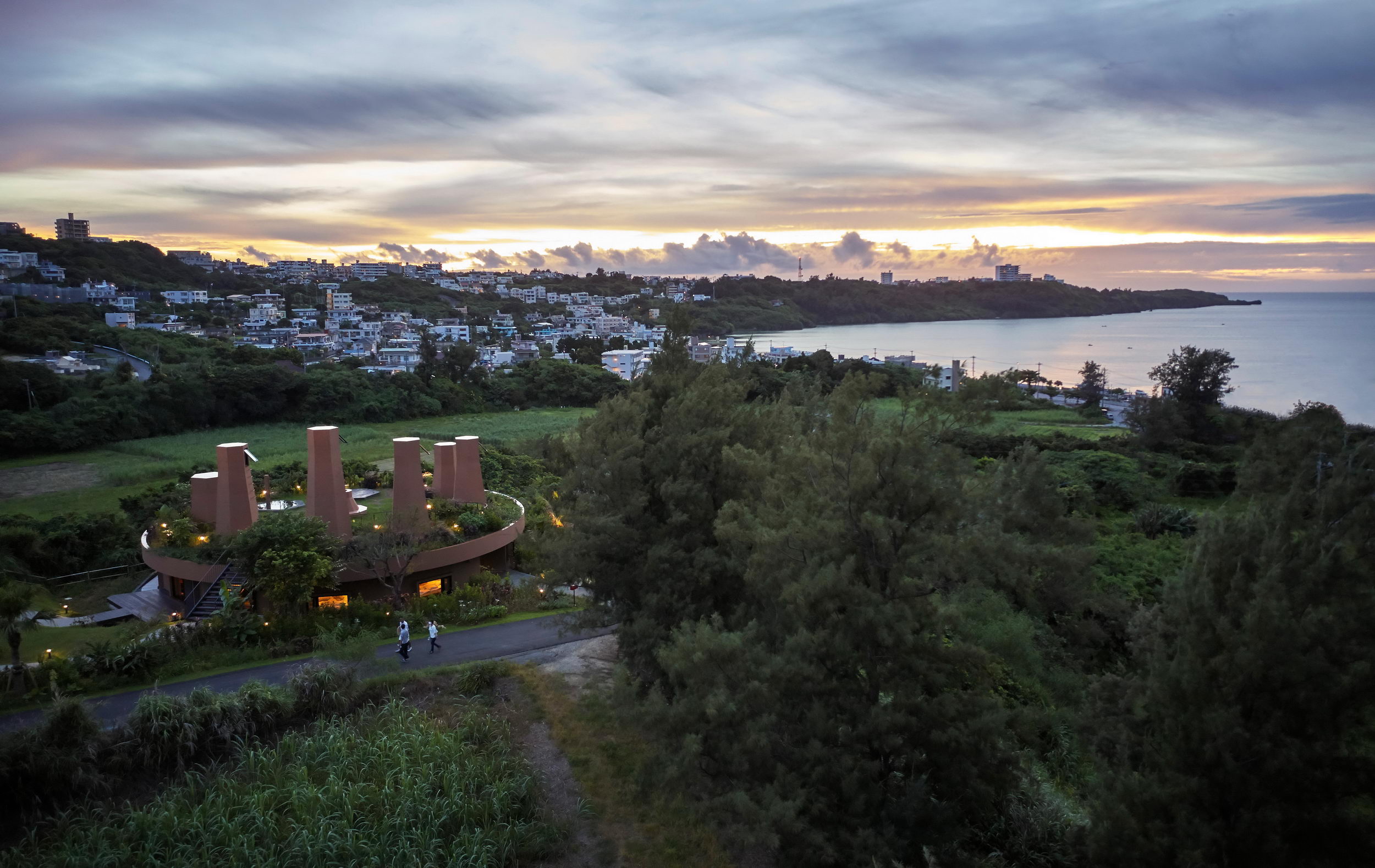
因为该场地还用于教育身体健全的人们,所以设计师尝试了想象与他人的身体融合的方法,这将成为无障碍社会的实现基础。通过这种“行为实践”,团队的目标是让这个地方为我们所在的社会本身提供关怀。
Because the place also serves to educatethe able-bodied, we experimented with this approach with a belief that imaginingand merging with the physicality of others would serve as a foundation of abarrier-free society.Through such “practice of behavior,” we aim for thisplace to provide care for the society itselfthat we are part of.
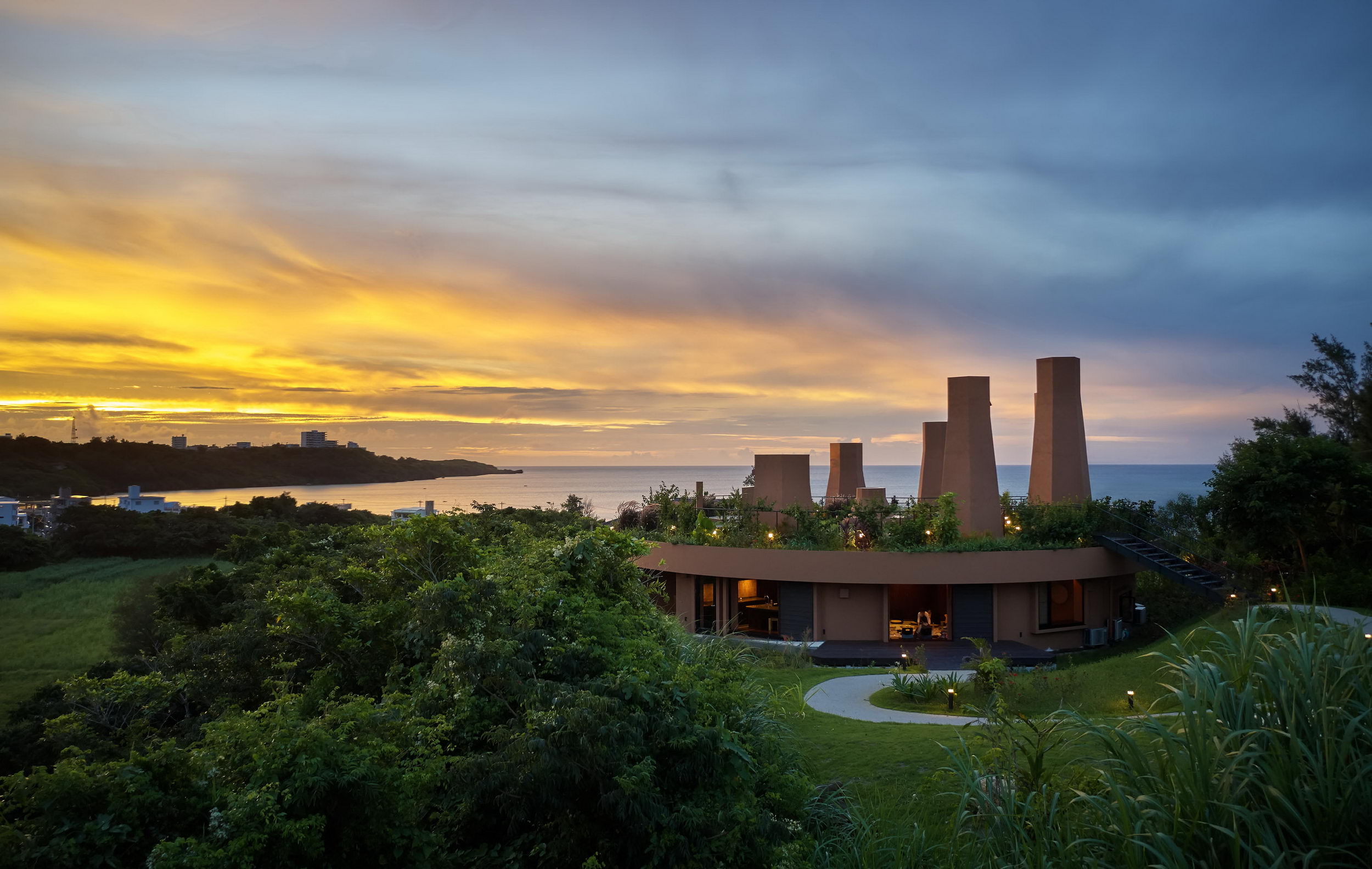

▽平面图
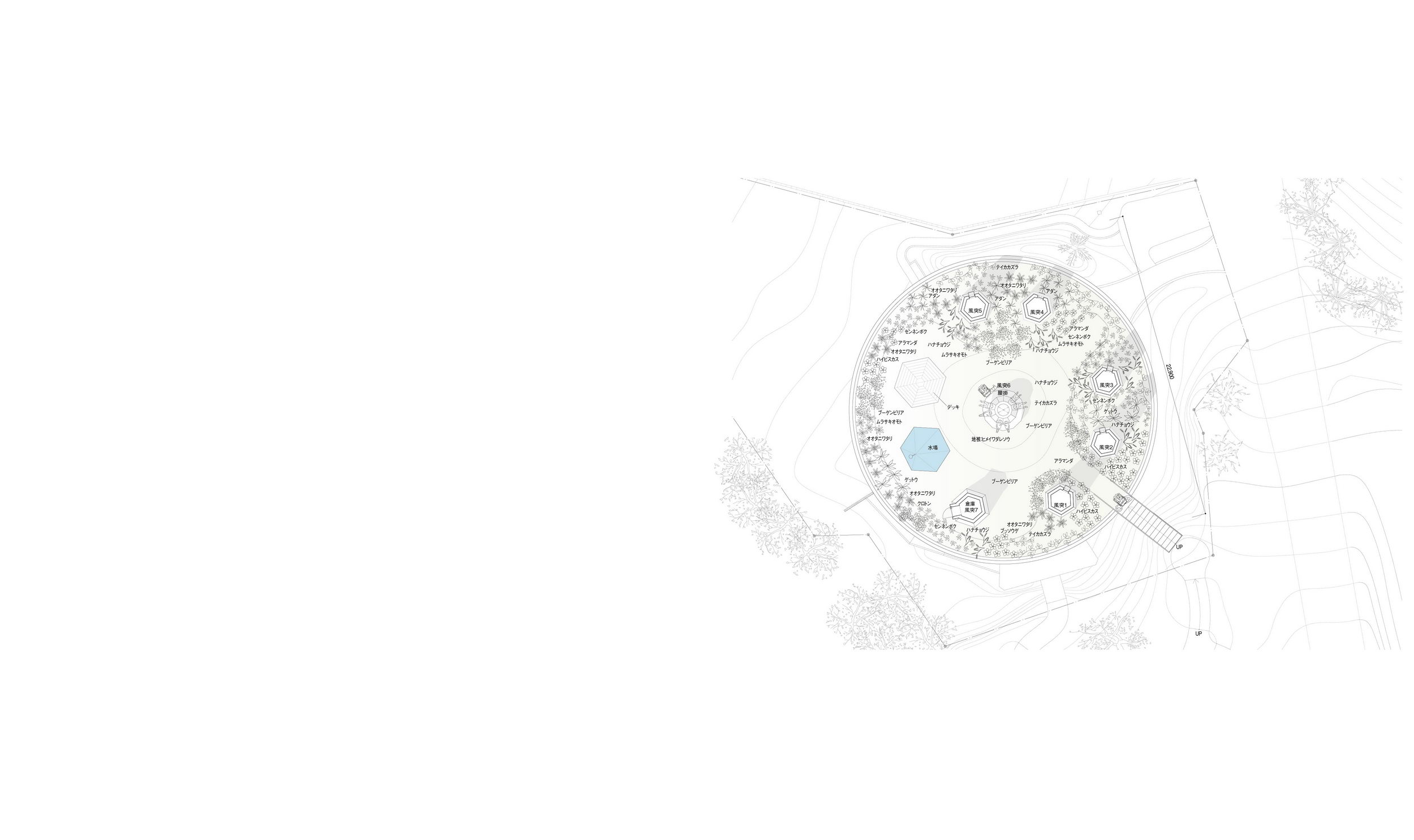
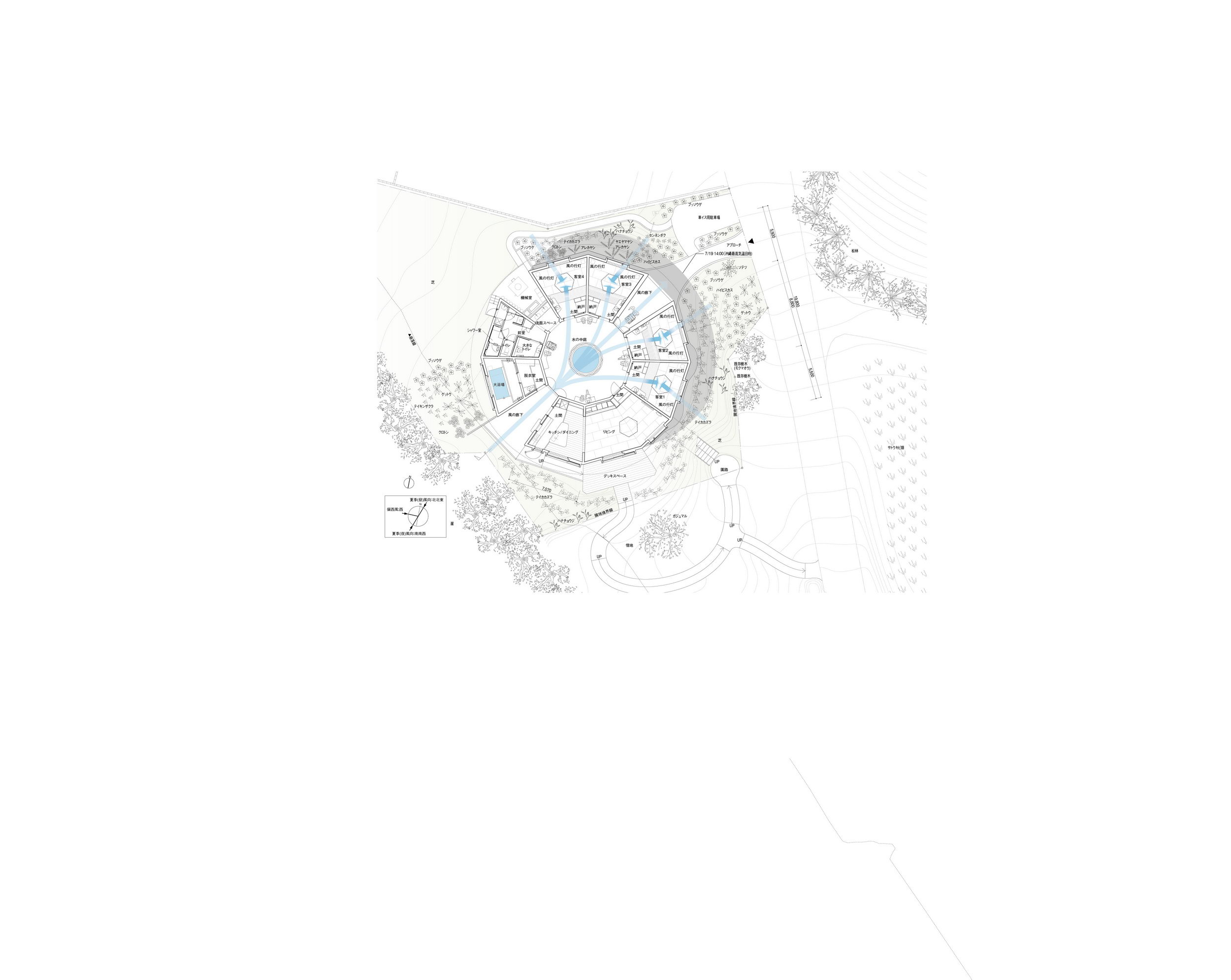
▽剖面图

Project name: Care house of the WindChimneys
Company: Hiroshi Nakamura &NAP
Site area:1,200m2 Structure: RC
Building site: Okinawa,Japan
Total floor area:318m2
Principal use: Accomodation
Completion: 2020.02
Photo credit:Koji Fujii / TOREAL